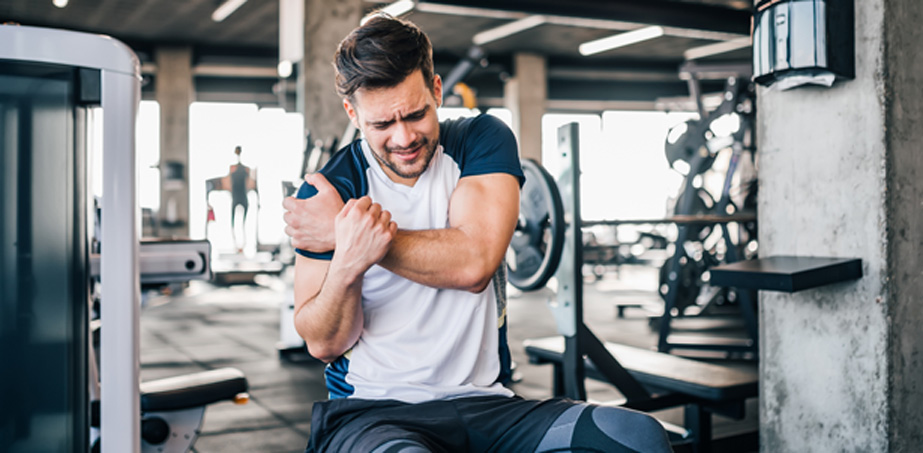
The shoulder has two main joints: the acromioclavicular joint and the glenohumeral joint, also known as the shoulder joint.
The acromioclavicular joint is located between the clavicle and the highest part of the scapula. The glenohumeral (GH) joint is made up of the top, ball-shaped part of the humerus bone and the outer edge of the scapula.
The shoulder joint moves the shoulder forward and backward and allows the arm to move in a circular motion and up and away from the body.
Causes of Shoulder Joint Pain
Shoulder joint pain may be caused by:
- Rotator cuff tendinitis
- Arthritis
- Torn cartilage
- Torn rotator cuff
- Swollen bursa sacs or tendons
- Bone spurs
- Pinched nerves in the neck or shoulder
- Broken shoulder or arm bone
- Frozen shoulder
- Dislocated shoulder
- Injury caused by overuse or repetitive use
- Spinal cord injury
- Heart attack


Diagnosing the Cause of Shoulder Pain
During the first visit to a physician, the doctor will perform a physical examination in order to assess the patient’s range of motion and joint stability. The physician will order imaging tests to obtain detailed pictures of the injured shoulder. During the initial visit, the physician may ask the following questions:
- Are you feeling pain in one or both shoulders?
- Did this pain begin suddenly? If yes, what were you doing?
- Does the pain radiate to other areas of the body?
- Can you pinpoint the area of the pain?
- Do you feel pain when you’re not moving the shoulder?
- Is the pain caused by moving the shoulder in a certain direction?
- Has the area of pain been red, hot to the touch or swollen?
- Does the pain keep you up at night?
- What movements make the pain worse or better?
- Have you had to stop doing certain motions or activities because of the pain?
What to Expect During a Glenohumeral Joint Injection Procedure
A GH joint injection can help reduce inflammation and pain in patients experiencing shoulder joint pain.
The procedure begins with the physician cleaning the injection site with an antiseptic, such as iodine or chlorhexadine. Patients may or may not receive IV sedation. The injection site is then numbed with a local anesthetic and x-ray guidance is used to ensure proper placement and positioning of the needle. The physician will then inject the steroid solution.
After the Procedure
Patients are allowed to go home after the procedure and may return to work the following day. Patients should avoid engaging in strenuous activity, taking a bath, swimming or using a hot tub for 24 hours.
Risks and Side Effects of a GH Joint Injection
After the procedure, patients may experience:
- Bleeding or infection at the injection site
- Allergic reaction to the medication
- Temporary arm muscle weakness or numbness caused by the local anesthetic
- Dizziness caused by a decrease in blood pressure
- Mild headaches
- Mild discomfort at the injection site
Severe and serious complications may include:
- Weakness in the arm or leg that becomes worse or persists for more than eight hours
- Severe and worsening pain at the injection site
- Severe and worsening redness, swelling or discharge from the injection site
- Fever, chills, nausea or vomiting
- Bowel or bladder dysfunction
Patients experiencing any of these symptoms should seek medical attention immediately.

